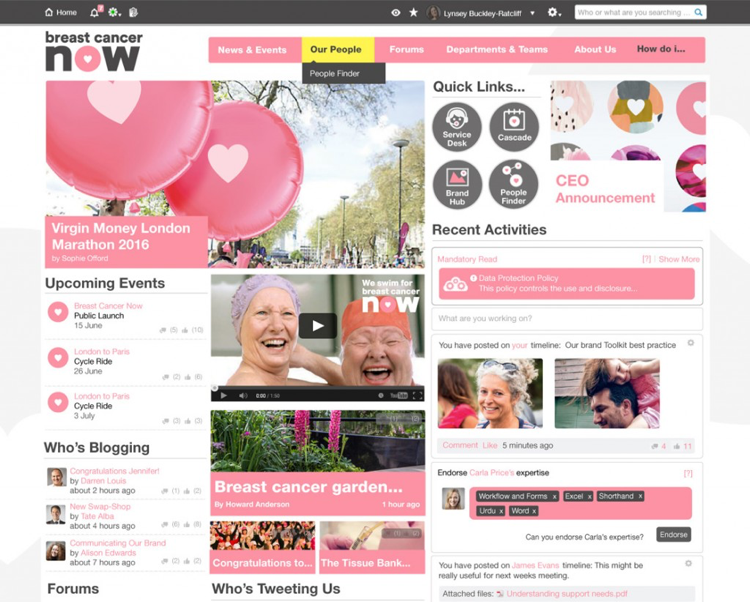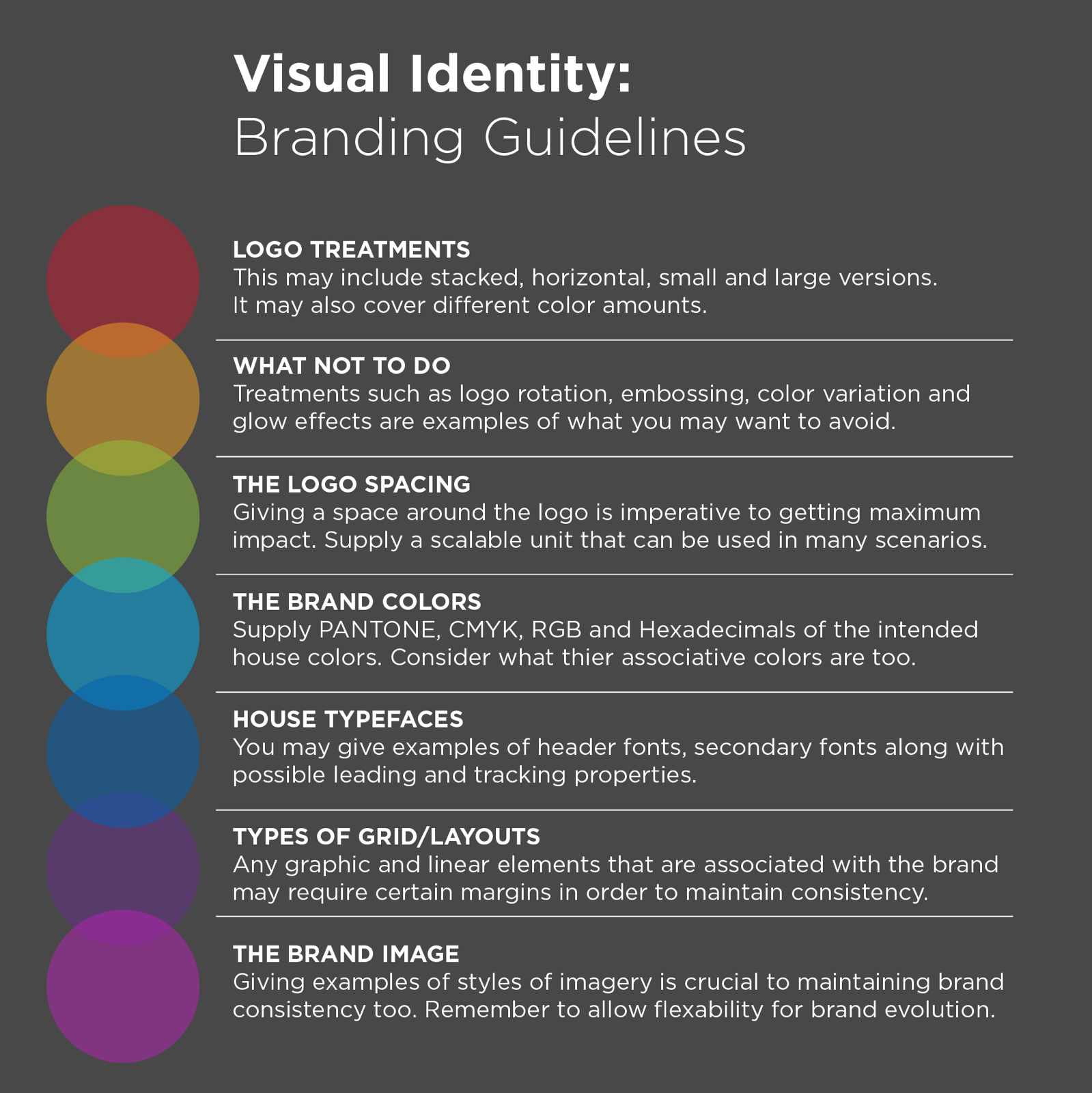4 creative internal comms ideas you need to try
The role of good internal communications cannot be underestimated. According to one study by Towers Watson, companies that are effective communicators have on average 47% higher returns for their shareholders. What’s more, 62% of employees said that accessibility to company information directly affects job satisfaction. With job hopping and low retention being the new norm, organizations need to do whatever they can to make job satisfaction a priority.
A Bottom-Up Approach to Communication
- Encouraging input from front-line staff may increase their acceptance of policy change… or at least their understanding
- Feeling valued increases employee satisfaction and retention
- Opens up dialog about other topics
What’s this all add up to? It’s simple: no matter what side of the business you’re looking at, communication is key. It holds huge sway over your bottom line, and that is a reason to pay attention.
As 2017 ramps up and we near the halfway point in Q1, this is a great time to breathe new life into your internal communications program. Rather than risk stagnation, why not try a few bold new initiatives to open up transparency or knowledge sharing in your organization?
At Interact we frequently discuss the finer points of of bottom-up communication and Enterprise Social Networks. Those are all wonderful topics, but this week we’re thinking a little further outside the box. So with that in mind, here are our picks for the 4 creative comms ideas you need to try.
1. Use personas
What are personas, you might ask? Simply put, they’re stand-ins for real users on your company intranet or any other communications network you use. These personas are constructed using the concerns and interests of workers from various departments and then used to post content on the intranet.
A couple things are important to keep in mind when constructing a persona. The first is to keep them human! You’re not trying to fool anyone per se – the purpose of personas isn’t to pass them off as real coworkers so much as to start conversations. Nonetheless, they need to have a human touch. Showing up in employees’ intranets, saying, “Hello fellow colleagues, please share your thoughts on the new health insurance policy” is less likely to start a conversation because it doesn’t feel genuine.

2. Make metrics the norm
It’s no secret that measuring internal communications is tough. In fact, it’s one of the biggest headaches associated with the profession. This is no reason, however, to assume that measurement is impossible.
Global shipping organization Maersk Line recently won a CEB Global Internal Communications Award for building an exceptional IC function because of their impressive effort in developing internal communications metrics. Their measurement tool is based on a survey sent out to employees for everything from the progress of strategy roll outs to simple emails.
By measuring and quantifying employee responses to these surveys, Maersk Line has been able to learn a great deal about their employees and put that knowledge to use by improving key internal initiatives.
An important takeaway from the story of Maersk Line is that employee opinions can be quantified, especially with a large enough sample size and consistent methodology. By combining quantitative data such as survey responses with more qualitative data, including intranet forum suggestions, comments and questions, organizations can gain a 365 degree perspective on what works well for their business. That leads to more effective decision making and ultimately benefits the business’ bottom line.
3. Make the most of your internal champions
Who are the key stakeholders for various communications platforms important to your company? Even more importantly, who are the most vocal proponents of your organization’s internal brand? Those are the people you want making noise on your behalf, and not reaching out to them is a wasted opportunity.
Your internal champions are anyone who has that critical combination of a mouthpiece, knowledge about what makes your internal brand special, and the drive to spread it. There are many avenues to learn who these people are – whether it’s noting their social media activity, talking with managers to find out who the most engaged members of their teams are, or putting out a message directly asking for potential champions to get in touch with you.
Once you have your internal champions on your radar, all you have to do is supply them with the tools to do the thing they’re already excited to do: talk up your brand.
Maybe someone has been eager to start a company newsletter – get them the resources. Does someone else blog in their free time about issues relevant to your industry? Ask their permission to share their blog with the rest of the company. The beauty of the internal champion is that they’re already eager to help you do your job. All you have to do is give them the means to do so.
4. Think visual
According to a study done by Hubspot, 55% of people finish videos they’ve started. By contrast, only 29% of respondents said they’d read a blog through until the end.
I think we’ve known for a long time that images are much more eye catching than text. That’s why almost all marketing materials include some sort of imagery and not copy alone. This is one area where internal communicators should be encouraged to steal ideas from the marketing team.
Images and videos work to get people’s attention. Whether they’re CEO video blogs or infographics, make use of the visual! Don’t limit creativity to individual communications either: look at the platforms you use and how these can be optimized to attract your audience. Investing into the visual appeal of your intranet homepage, for example, can have considerable impact on the level of engagement your employees have with your internal communications.

Of course, an important part of visual branding is knowing where to place your graphics. This will vary based on what message you want to convey, your intended audience, and your end goal, but there are a few constants you can count on.
One is that you need to make your imagery as accessible as possible. Don’t bury the lead! Keep those eye catching elements up front. Equally as important is giving your branding a human touch. Just as with personas, you’re trying to create something that employees can relate to. Don’t lose sight of that!

Your internal communications strategy can make or break employee engagement, collaboration, knowledge sharing, and so much more that is vital to the company’s bottom line. More and more organizations are recognizing this fact and responding accordingly.
Unfortunately, the same stale inside the box thinking has a way of surfacing all too often. Whether this is due to a lack of creativity or because communicators simply don’t think they’ll be able to execute big ideas, fresh ideas are needed to drive comms forward. You have the power to break the mold. Don’t waste it!
